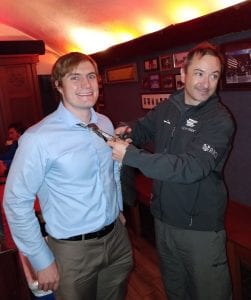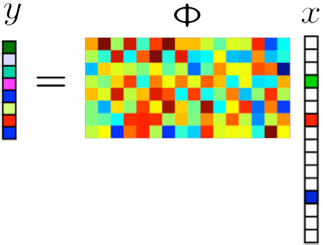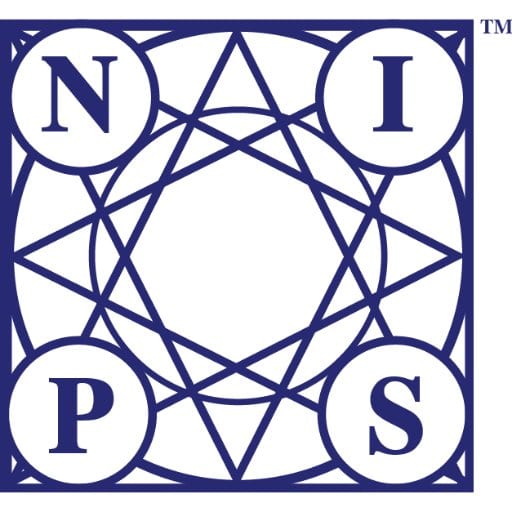 John Treichler, Rice DSP alum, distinguished TI visiting professor, and pioneer in the development of digital signal processing (DSP), has been awarded the Society Award by the IEEE Signal Processing Society. The Society Award honors outstanding technical contributions in a field within the scope of the Signal Processing Society and outstanding leadership within that field. John will present the Norbert Wiener Lecture at ICASSP 2019 in Brighton, UK.
John Treichler, Rice DSP alum, distinguished TI visiting professor, and pioneer in the development of digital signal processing (DSP), has been awarded the Society Award by the IEEE Signal Processing Society. The Society Award honors outstanding technical contributions in a field within the scope of the Signal Processing Society and outstanding leadership within that field. John will present the Norbert Wiener Lecture at ICASSP 2019 in Brighton, UK.
Now the Chief Technology Officer and Senior Scientist of Raytheon Applied Signal Technology, John was cited for his “contributions and leadership in the practical use of adaptive digital signal processing and for sustained service to the Society.” Among his many creations, John is celebrated for inventing the “constant modulus” adaptive filtering algorithm, which is used to compensate for interference, such as multipath echoes, on communication signals.










